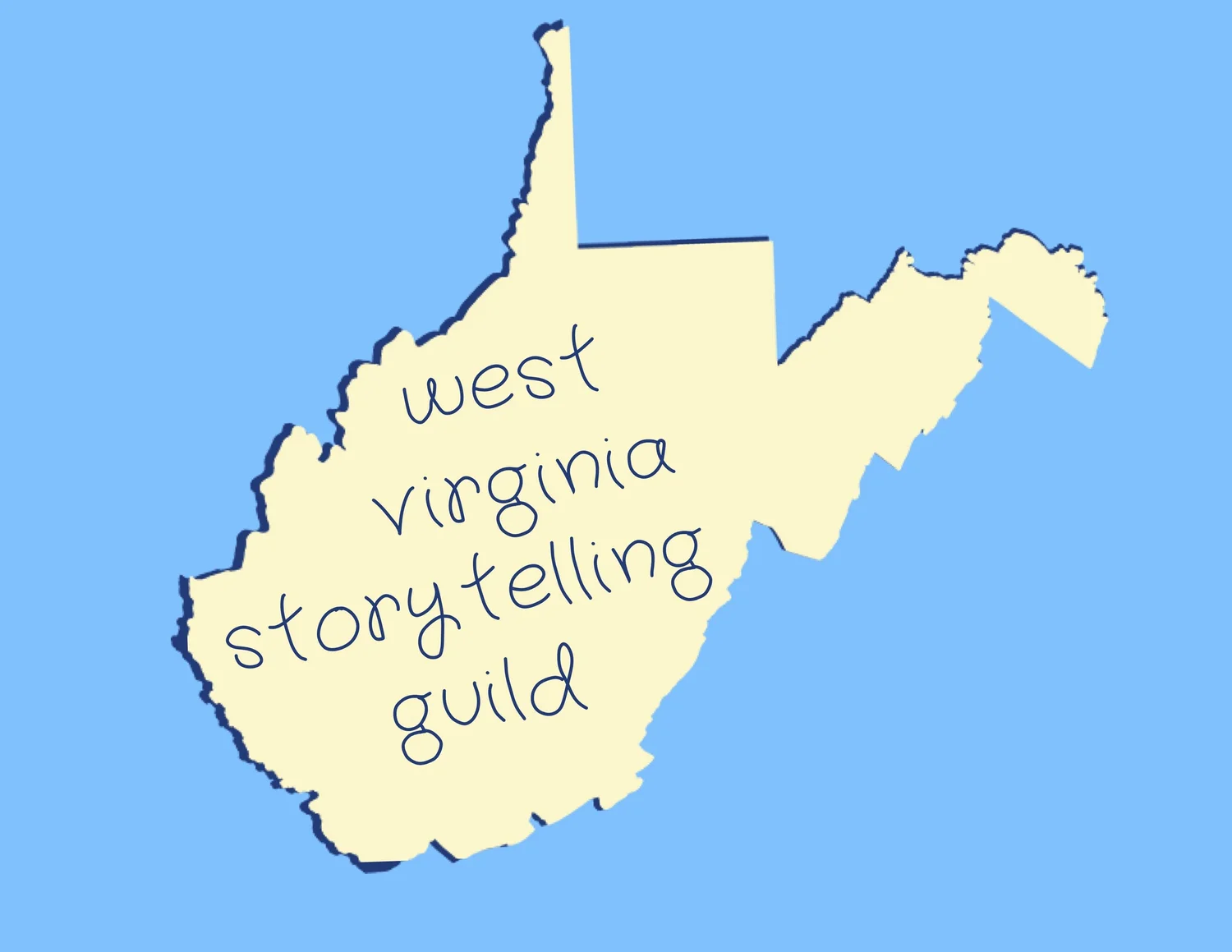by Ilene Evans
First person historical narrative is a way of telling stories from a person’s life as they might tell them themselves. It is a special style of storytelling. This style of storytelling combines the arts of storytelling, acting, improvisation, characterization, imagination, creative writing, biography, historical research, directing, and then stepping into the role of the historical figure. It is a wonderful form of re-“membering” our his-story (and her-story) which can enrich both you and your repertoire. By re-“membering” I mean that we can literally put something back together that has been torn asunder. Many families have experienced a kind of loss that remembering through storytelling can help heal. Reconnecting through storytelling can mend our memory and sense of identity. Telling stories through character is a teaching tradition found in many cultures. This is particularly true of African and African American culture, its folk life and traditions.
Historical stories, especially first person historical narrative, engages the teller in a spiritual sensitivity and a technical skill set. Combining all these skills is a challenge to any storyteller. A storytelling artist must integrate the skills of research, writing, performing and educating, respect, humility, and gratitude. Listening to their original words, working with their writings in diary, articles, poetry photographs, songs and compositions connects you to their artistic spirit and humanity. In reaching back to render historical figures, it is helpful to look for an affinity with that figure. Storytelling goes far beyond fact and dates and numbers. The goal is to express the heart and soul of the character.
Creating an historically plausible framework is essential to the effectiveness of this style of telling. Having a deep understanding of that ancestor’s life and times adds a sense of authenticity to the presentations. Understanding the era in which the person lived helps the teller to keep the person’s voice alive and bring the conflicts and pressures of the past into clear focus in the present.
This style of storytelling does not attempt to impersonate. Nor should this style of telling be thought of as a reenactment. I prefer to use the word portrayal. The portrayal is based on the teller’s immersion into the research of their life, getting as close to the person as possible. One does not need to look like the person so much as to bring their stories, ideas, and essence to the listeners. As much as possible we use the persons own words to shape the stories we share.
First person historical narratives help us understand the people who have shaped our lives and influenced out opinions and opportunities, our choices and options. today. Their victories and their challenges reveal the consequences of choices made. When we look at the turning points, the crossroads of their lives, it gives us a chance to rethink what they were thinking when they did the things they did. As my Grandmother Odessa used to say, we must walk a mile in someone else’s footsteps to understand them. When we “walk a mile in their moccasins” we learn empathy at a cellular level. We can see the world from their vantage point.
The direct impact of first person historical narration is very effective in connecting the past to the present and strengthening the moral fiber of our culture. I found that many of the lessons that teachers were struggling to get across out of a text book leapt to instant clarity and full comprehension with first person historical narrative, in a way that just telling them about the story did not. It is a short term - high impact teaching tool.
A storyteller using the first person brings the audience into direct contact with those critical moments of decision. It allows the audience to interact directly with their history. It can be used to open dialogue, civil discourse, conversation and discussion to build unity in the community. For example, instead of telling someone about the parade, you become a person at the parade, watching it and feeling it with an immediacy of delight, joy, dread, fear, terror, whimsy, transcendence, victory….
Where can someone find this kind of storytelling? Humanities councils around the country have benefited from promoting this kind of storytelling. An historical portrayal may be accompanied by contextual seminars and symposiums to help bring dry boring history lessons to life. Museums are using it to enliven the experience of their visitors to give context to artifacts and items no longer commonly used. National Parks service employees are finding that telling stories in first person helps increase the personal connection to the value of the natural environment. Classroom teachers are using this form of storytelling along with creative dramatics to help students understand conflicts and time periods far removed from our daily life. Welcome to my world!
Happy Telling, Ilene
